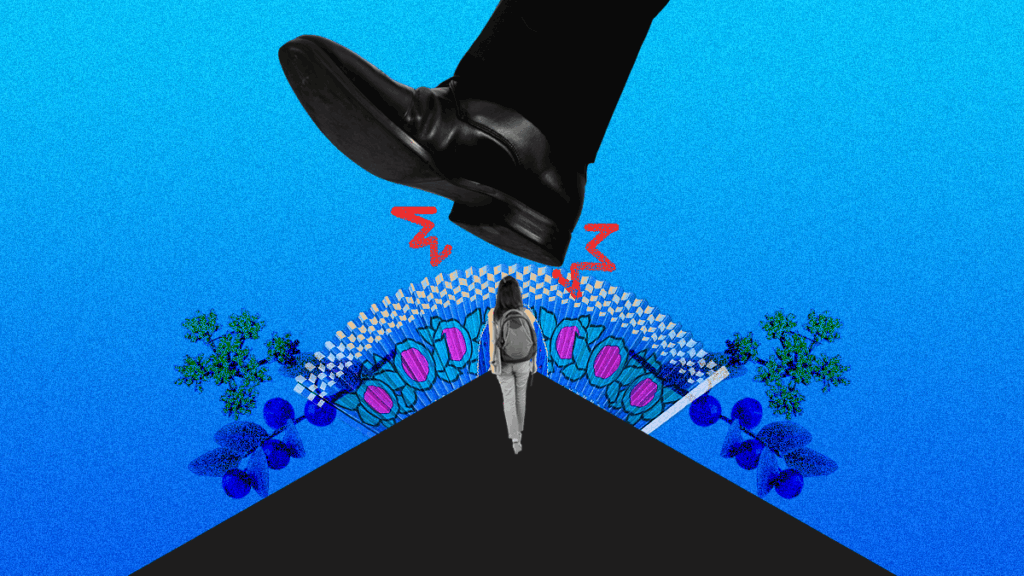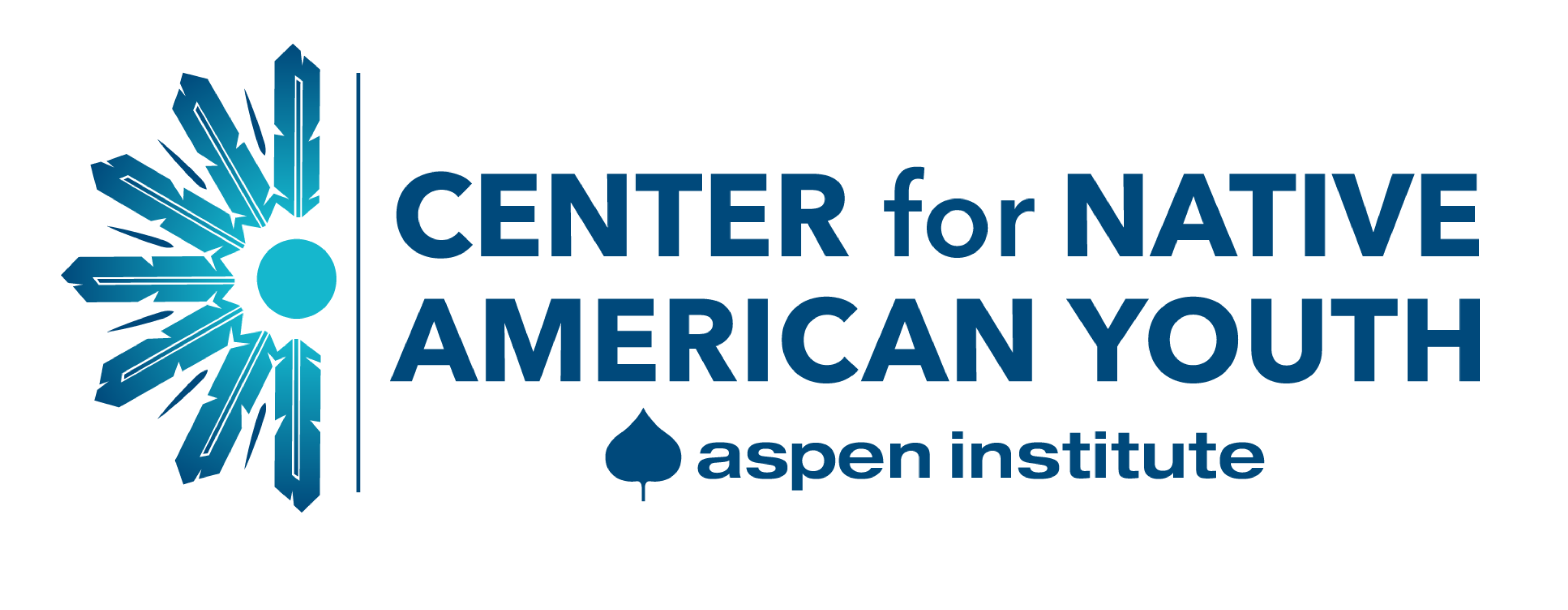written by Mel de Miami & Summer Wildbill
Note: This piece was jointly authored by two students affiliated with the National Women’s Law Center (NWLC) and the Center for Native American Youth (CNAY) at the Aspen Institute. The content reflects the beliefs and experiences of the authors, but does not reflect the views of the Aspen Institute, CNAY or NWLC.

Knowing firsthand that support is lacking for all students, especially students of color, it is imperative that diversity, equity and inclusion (DEI) programs are funded and maintained at all schools. As a Black student and a Native student looking back on our high school education, we know the necessity of these programs does not derive from a place of superiority, but out of acknowledgement of the disparities that haunt us at every step of life. We cannot stress enough the importance of these programs that create opportunities for students.
Mel de Miami
When you’re a racial minority, resiliency is a strength you acquire to survive, but that same resilience can easily be weaponized against you. Focusing in class has been challenging since I was young. In elementary school, teachers would notify my parents about my tendency to daydream and distract my peers. And yet, it never occurred to anyone that I might have ADHD. Despite this lack of support, I always managed to excel in my projects and presentations and, as I got older, was often the only Black student in my AP classes. I was also extremely involved in my high school’s extracurricular activities, from being a club president to the school mascot. School staff would warmly joke about how I practically lived on campus since I would stay as late as 7 p.m. every day. No one suspected my involvement was a desperate attempt to find solace in an environment where the complexity of my experiences as a Black girl with mental illness was ignored.
When I should have been in English class discussing Hamlet, I was instead being accused by administrators of lying about my abuse experiences as I sat in an office with a “Safe Space” sticker on the door; a sticker that—despite becoming highly politicized in the recent attacks on school DEI initiatives—proved meaningless in practice, as I felt neither safe nor supported. While I was still participating in activities, my veil of well-being started to fall, showing the pain of the abuse I was enduring. Even still, school staff disregarded me instead of giving me the racially-informed and trauma-informed assistance I desperately needed.
People of color are disproportionately impacted by the mental health crisis in our country. In my experience, the emotional wellbeing of Black and brown youth is seldom taken seriously by older generations, including our parents. Many of us feel lost when it comes to navigating through issues, both in school and at home. If schools were equipped to provide appropriate mental health resources – including trauma- and racially-informed counselors – fewer students would be constrained by the limits of inequity.
Summer Wildbill
As a Native American undergraduate student, I witnessed firsthand how systemic barriers limit opportunities for students like me at every step of our education. One statistic shared by countless adults on my Indian reservation suggests that Native students are twice as likely to drop out of high school than white classmates and even less likely to attend college. That pressure followed me every time I got ready for school, took an exam, or considered my future.
Federally funded DEI initiatives created opportunities where I first saw my potential as a Native woman and scholar, despite consistent insinuations from doubters that my failure was inevitable. My tribe took advantage of funding to implement student resources, including dedicated tribal staff who helped ensure students were on track with graduation timelines, scholarship opportunities, and college applications. This staff also kept tribal students like myself, who went to school off the reservation, connected to our culture by sharing opportunities for community engagement. These resources enabled me to overcome obstacles and feel that I had a chance to achieve the same goals as my non-Native classmates. Instead of starting a hundred meters behind my peers in college, these programs allowed me to begin at the same starting line.
We are not at a point in this country where a Native student who grew up in poverty on a reservation or an Afro-Latina student who grew up in a pseudo-segregated, predominantly white community have the same access to educational and career opportunities as their peers who grew up attending private schools and college prep courses. DEI programs exist to offer students an equitable shot at success. Students’ success should not be limited by how much property taxes contribute to their schools resources or how their identity predisposes them to educational, financial, and social inequities. We have experienced the impacts of DEI initiatives, or the lack thereof, and can attest to their impact. We ask lawmakers to consider the tangible, life-altering effects these programs have on student success and to fight against the demonization of DEI programs.
Mel de Miami is an Afro-Cuban multidisciplinary artist and youth homeless advocate based in Miami. She is affiliated with Casa Valentina and the National Women’s Law Center, and she is a co-author of the Keep Her Safe report.
Summer Wildbill, an enrolled member of the Confederated Tribes of the Umatilla Indian Reservation (CTUIR), is an MLK Scholar studying International Relations at New York University and an ambassador for the Center for Native American Youth at the Aspen Institute.


 Democracy is Indigenous
Democracy is Indigenous